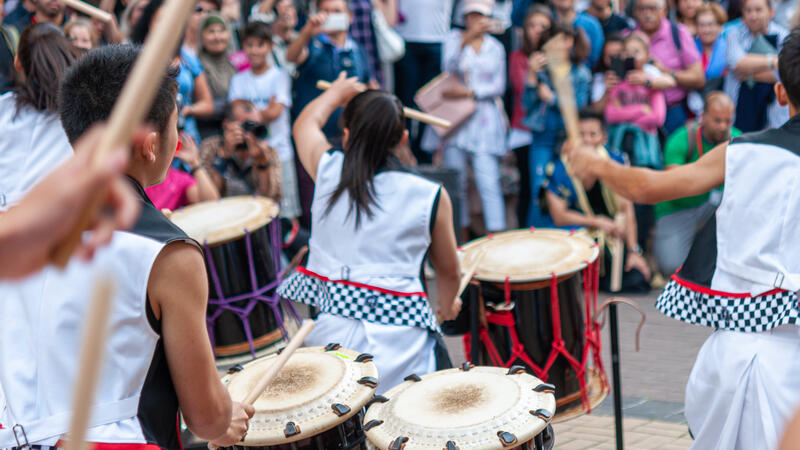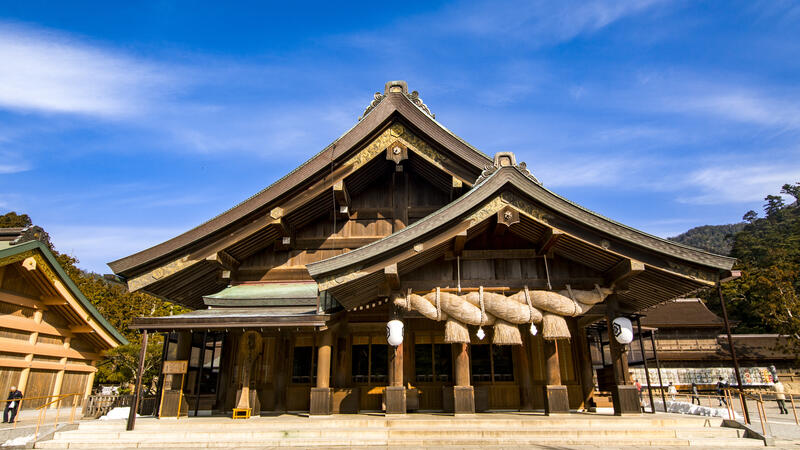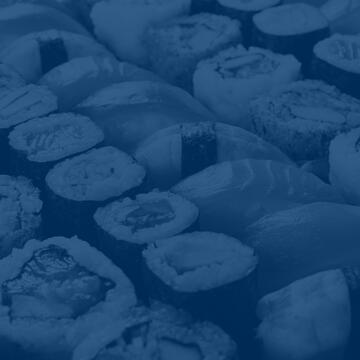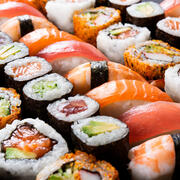Virtually Explore Japan & Its Summer Festivals
Information Links
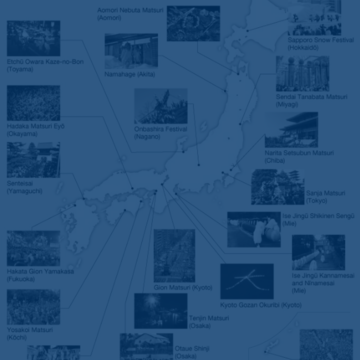
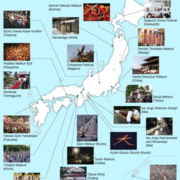
- Japan's Festivals
A Matsuri Map
No one knows for sure how many festivals take place in Japan over the course of the year, but estimates vary from 100,000 to 300,000—all of them unique reflections of the history and culture of the local area. Here, we introduce a selection of 20 of the most notable festivals from around the country.
Information Links
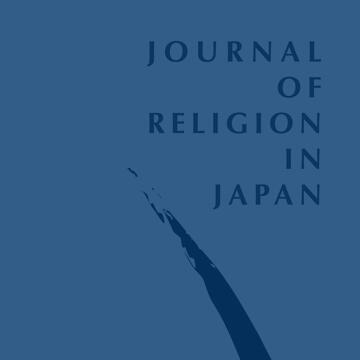

- Reading
Journal of Religion in Japan
This special volume of the Journal of Religion in Japan explores matsuri 祭 (festivals) within the broader context of religion. The original idea for the volume reflects a recognition that matsuri are intrinsic to religious, social, cultural, touristic and recreational life in Japan. Thus, a collection of scholarly essays juxtaposing distinct matsuri would not only reveal similarities and distinctions between them but also shed light on the depth and diversity of the meanings they articulate. As we set out to create this issue, then, our objective was to examine matsuri from different localities, showing their interconnectedness to religious life and ideas, as well as the different disciplinary methods through which they can be interpreted. Most importantly, we wanted to attend to the complexity of matsuri as multidimensional events imbedded in historical, local, national, and even global contexts.
Information Links


- Virtual Tour
Kyoto Tower
Visit bustling Kyoto Station and click on the third image on the right of the page to view the city from atop Kyoto Tower.
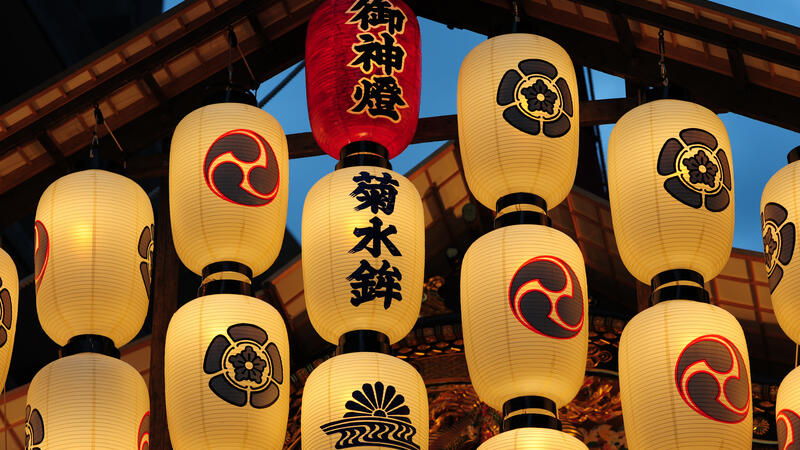
The Gion Festival’s history began in the year 869 C.E.. The Emperor called for a goryō-e ritual to appease angry spirits. He believed the spirits were causing a deadly plague in Kyoto‘s sweltering midsummer.
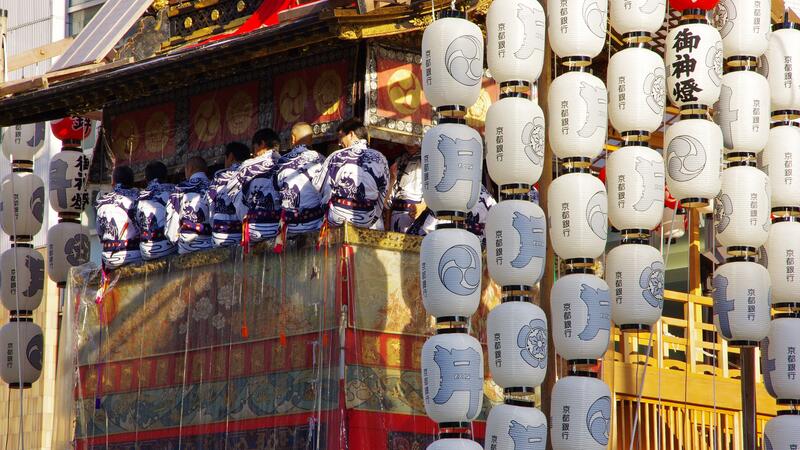
“Gion Matsuri” is considered one of the three largest festivals in Japan. From July 1st to July 31st, several different events are held for the purpose of promoting good health. The highlight is the Yamahoko Junko parade, held on July 17th. It is so majestic to see the large, 10-ton Yamahoko paraded through the streets of Kyoto.
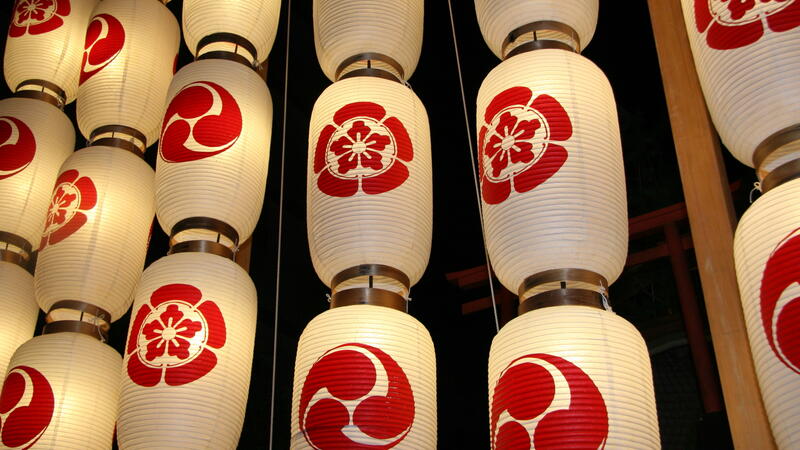
Following a severe plague that had struck the city of Kyoto in the ninth century, emperor Seiwa declared that the gods were in need of some attention. The emperor required the people of Kyoto to pay impressive respects to the resident gods of Yasaka Shrine, located in the well-known entertainment district of Gion.
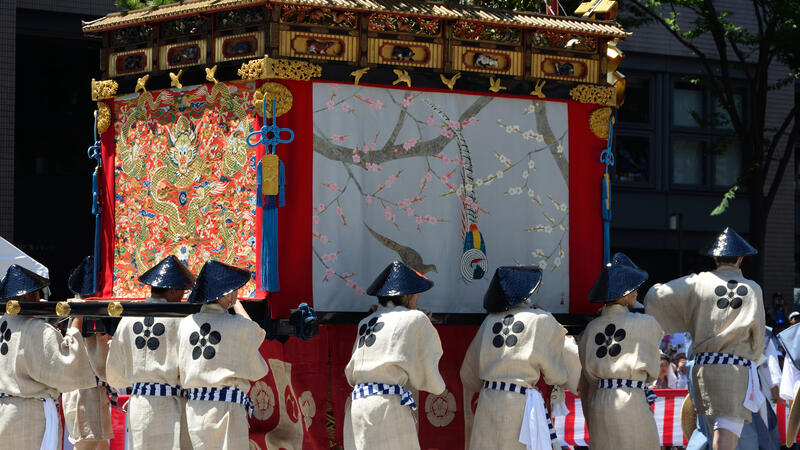
The Gion Matsuri (Gion Festival) is Kyoto’s biggest annual festival. It’s a multiday event that is equal parts religious observance and raucous street festival. Here, I’ll explain the best way to enjoy the festival.

Festivals have been important to people since the Stone Age. Why do you think this is? Perhaps it is related to what is special about being human. Humans used to be called "animals that play" or "animals that use tools." If you think about it, however, you will realize that other animals "play" and "use tools," so these descriptions are no longer acceptable. The only "animals that have festivals," however, are people. Therefore, having festivals can be thought of as a uniquely "human" behavior.

Hana kanzashi (traditional Japanese flower-decorated ornamental hairpins) have seasonal flower motifs. Such hairpins, particularly those of high quality, have adorned the hair of Japanese women since the Nara period. They are associated with modern-day Kyoto—in particular with the maiko, or apprentice geisha, who live in Kyoto's geisha districts. New hana kanzashi are made when a maiko makes her debut. The maiko wear different hairpins each month. There are also hairpins specific for special events such as the Gion Festival. There are set designs for each geisha district and for the hairpins worn at dance performances held in the spring and the fall. Hairpins can also be chosen to match individual performances or costumes.
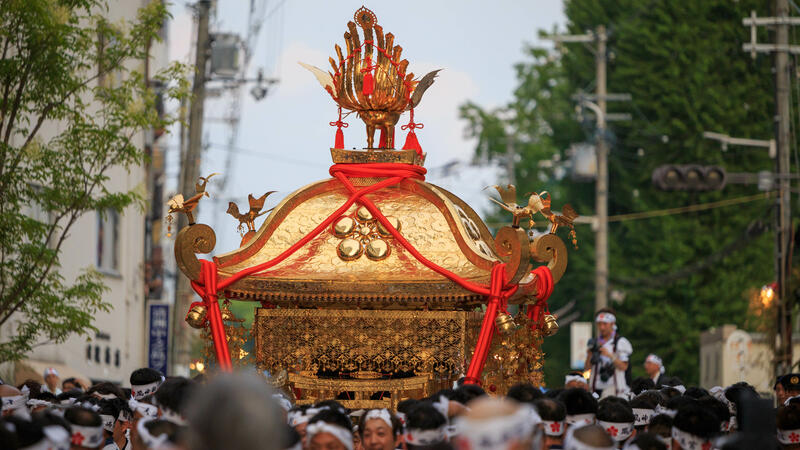
The Tenjin Matsuri is a sensational summer festival in Osaka full of rituals, dance and music and featuring a procession of portable shrines. The celebrations culminate in a dazzling fireworks display that lasts for an hour and a half.

The Okawa River in the northwest of the Osaka Castle becomes the stage for the Osaka Tenjin-matsuri Festival in July annually known as one of the three largest in Japan. There will be a procession of 100 ships going down the river and the gorgeous fireworks going up at the same time.

When you think of places to find shrines and the great places of cultural heritage in Japan, Kyoto easily springs to mind. Yet Osaka has its own surprises when it comes to Japan's cultural heritage, with Osaka Tenmangu Shrine just one shining example.
Read more.
Read more about Shinto Shrines.
Yale Art Gallery | Nikka Tenjin
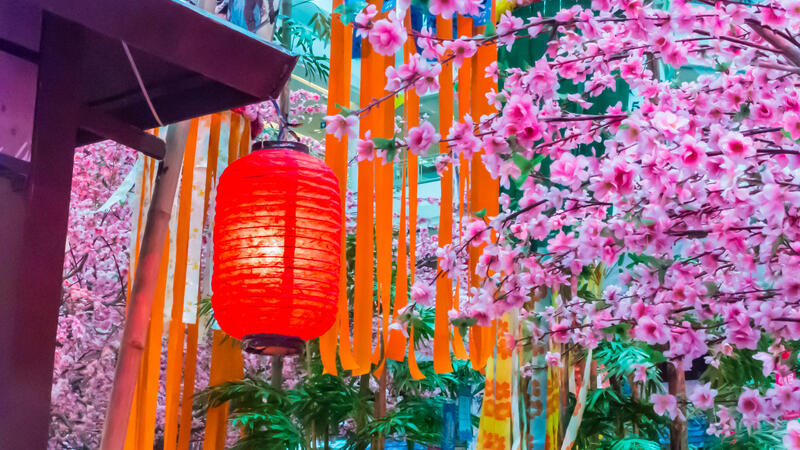
An ancient legend of star-crossed lovers Orihime and Hikoboshi that predates the tale of Romeo and Juliet is the backstory to Tanabata.
The biggest Tanabata festival is held in early August in Sendai. People walk down the shopping arcades filled with huge, vividly colored handmade streamers in their finest summer kimono.
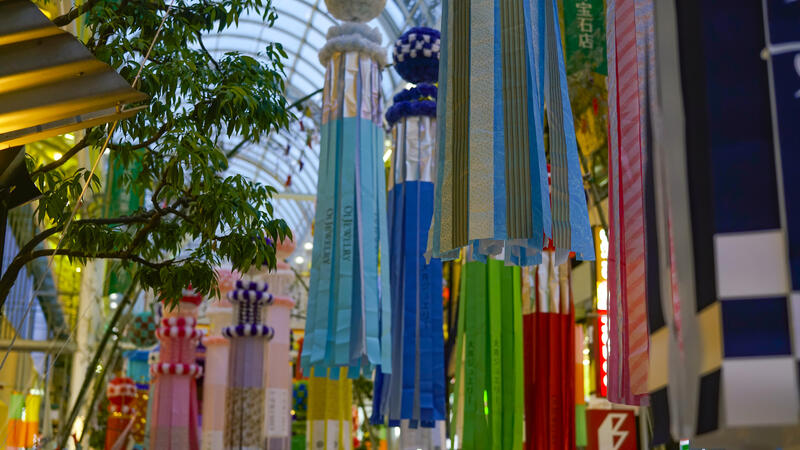
A castle town called "The City of Trees." The Tanabata-matsuri Festival attracts thousands of spectators each year.
Sendai City, situated in the center of Miyagi Prefecture, is the largest city in the Tohoku region. It has prospered as the capital of the Dates' fief since Date Masamune reigned over this district and built Aoba Castle at the beginning of the 17th century.
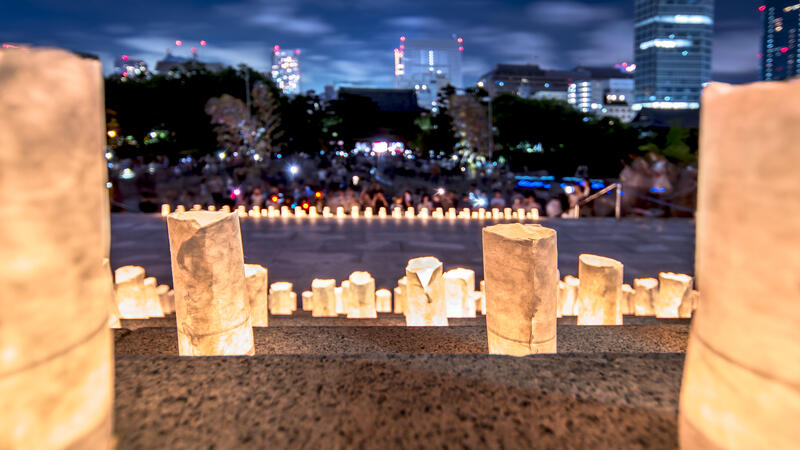
The Sendai Tanabata Festival in the Edo Period (1603 – 1868). In Sendai, which follows the Edo-style Tanabata Festival, the festival was called “Tanabata-san”. Lord Date Masamune of the Sendai Clan wrote 8 poems related to Tanabata. These poems give a glimpse of the Tanabata Festival from that time.

The yearly Sendai Tanabata Festival is known for its gorgeously decorated, handcrafted bamboo poles. On the morning of August 4, the day before the festival starts, many bamboo poles longer than 10 meters are gathered in the shopping districts of Sendai. The bamboo are chopped in the mountains and clipped to prepare them for the decorations.
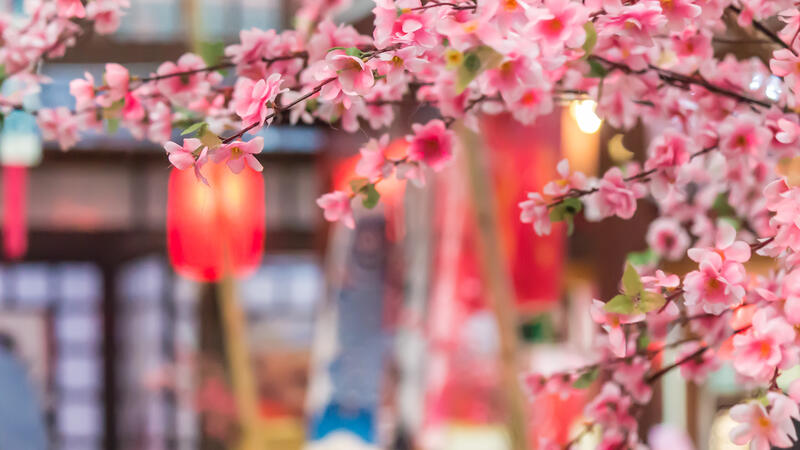
The seventy-third print in Utagawa Hiroshige’s One Hundred Famous Views of Edo looks out across a sea of rooftops colorfully adorned for tanabata. It is the only image in the series that does not include a place name in its title.
Read more.
See all 100 Views of Edo
Yale Art Gallery | Utagawa Hiroshige
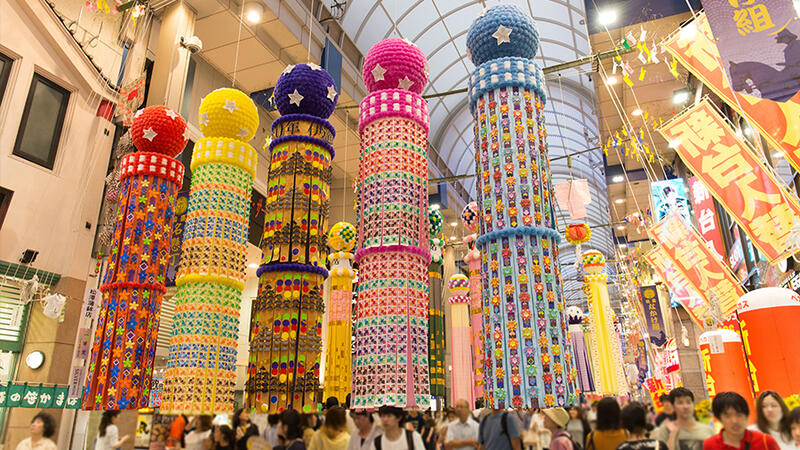
Photos of the 2017 Sendai Tanabata Festival decorations, including pictures of the city center and the shopping areas.

